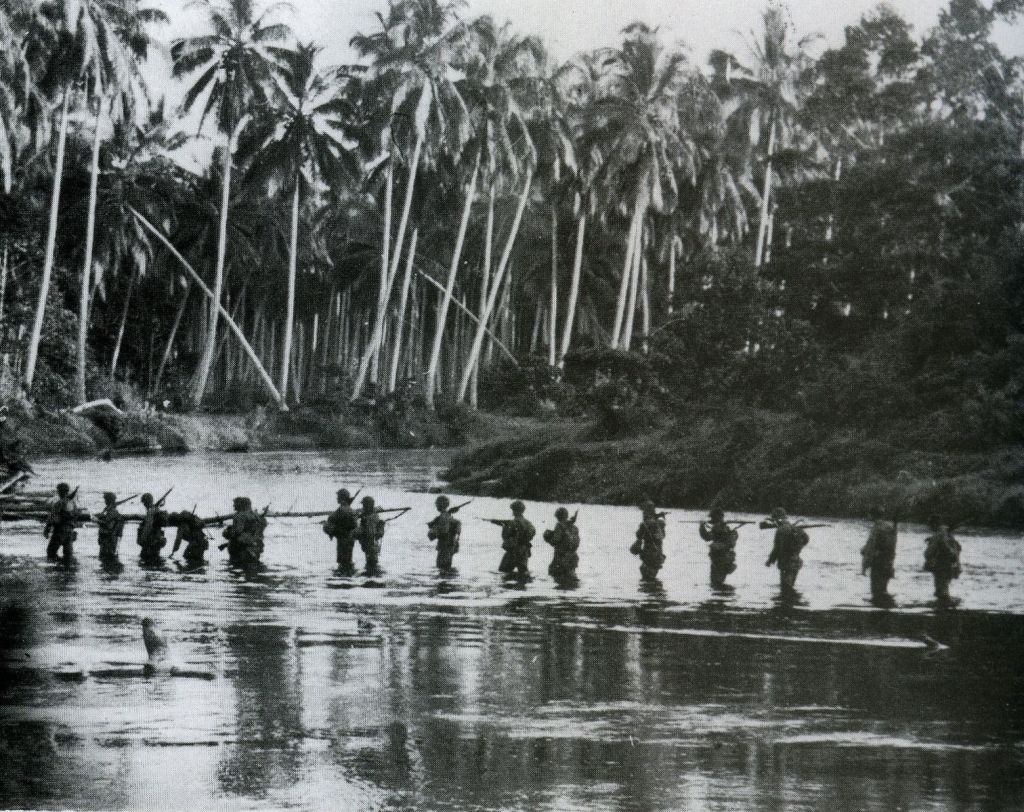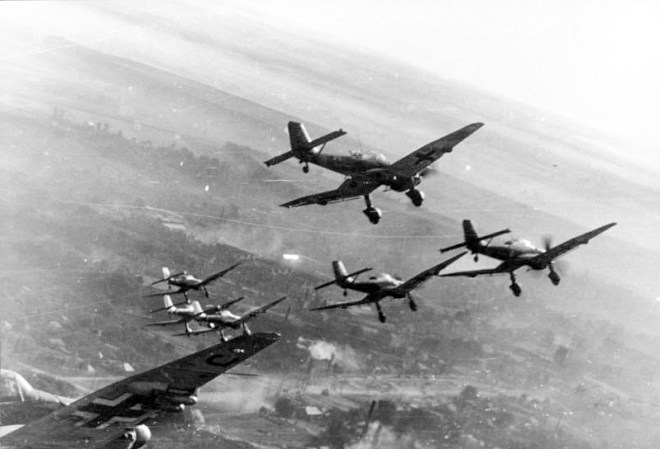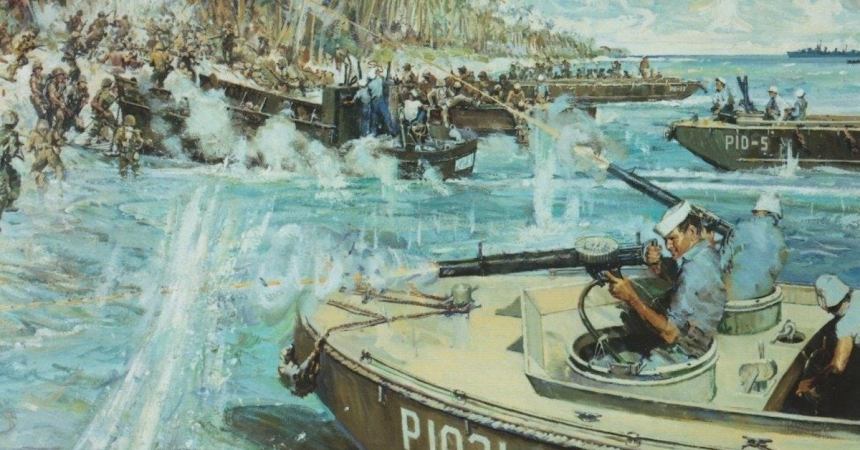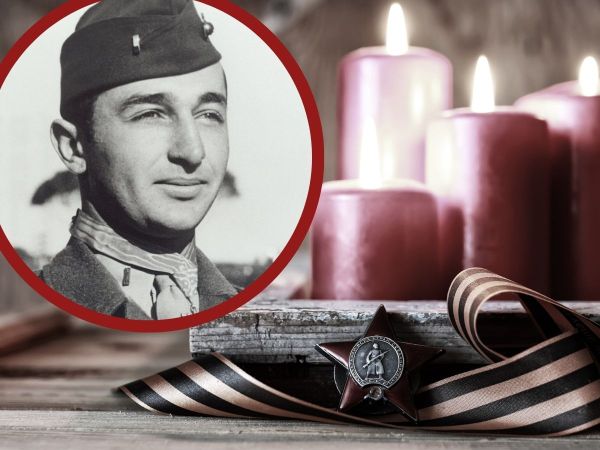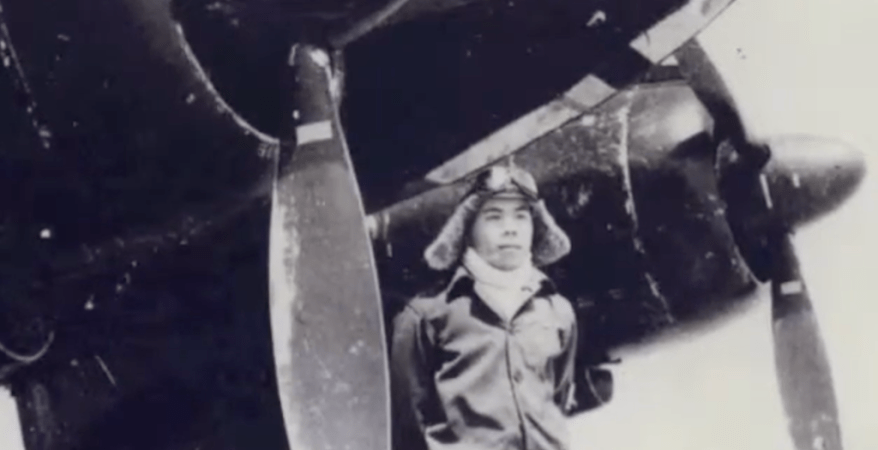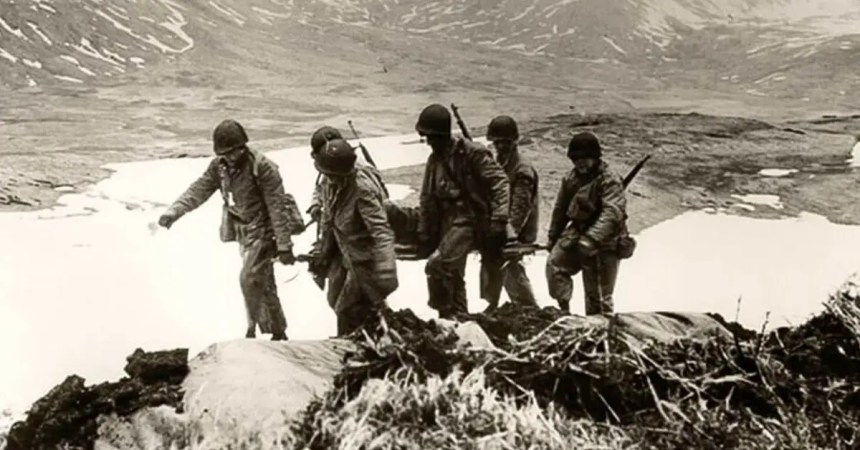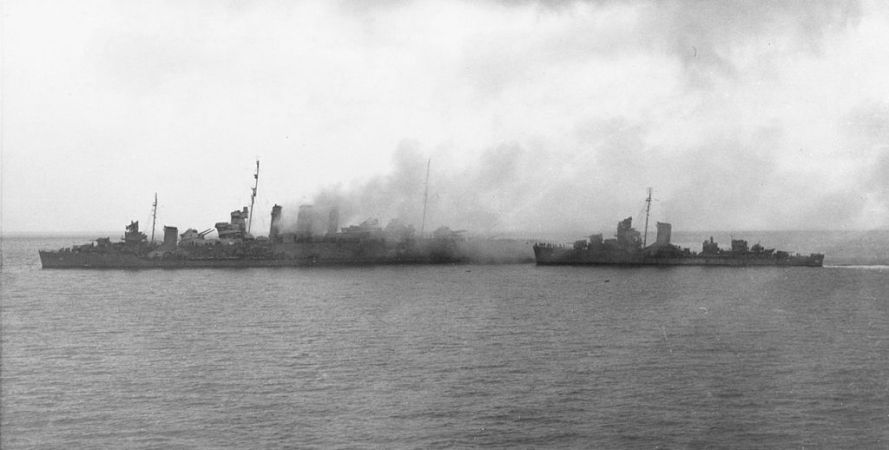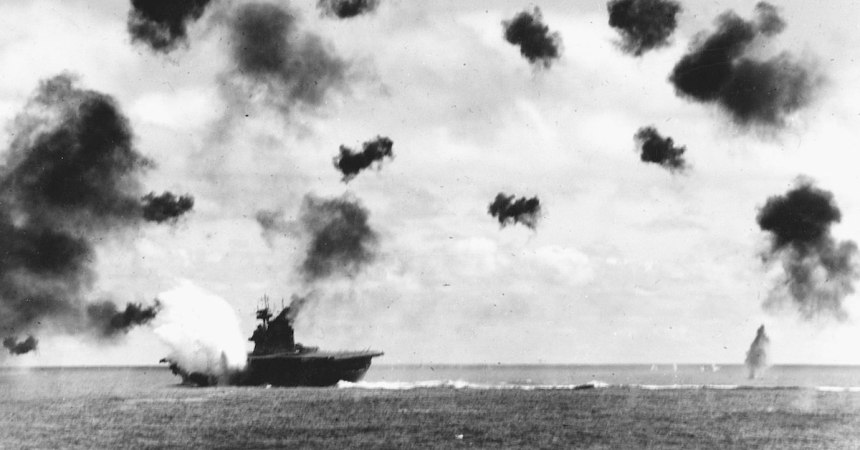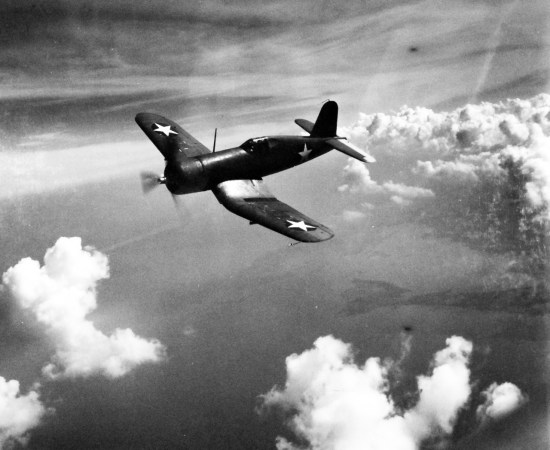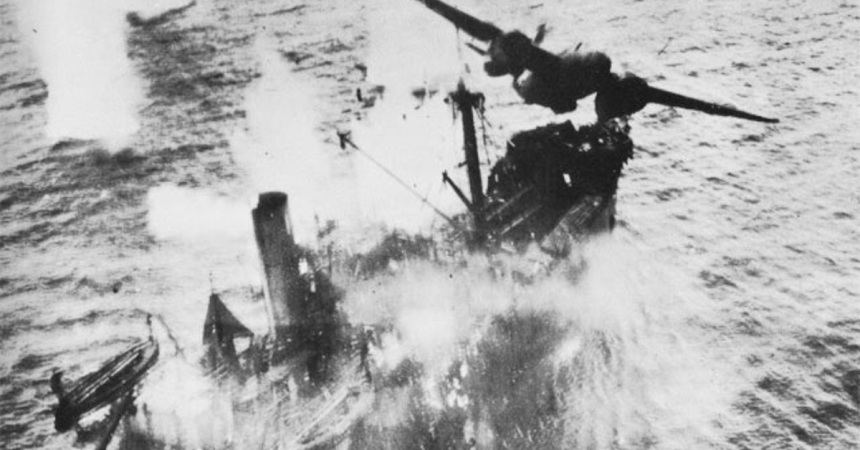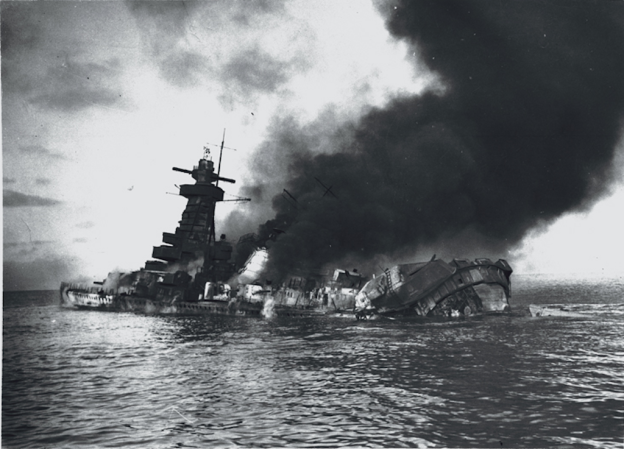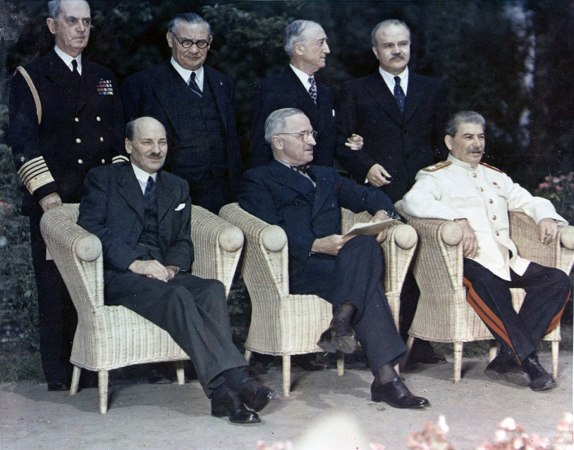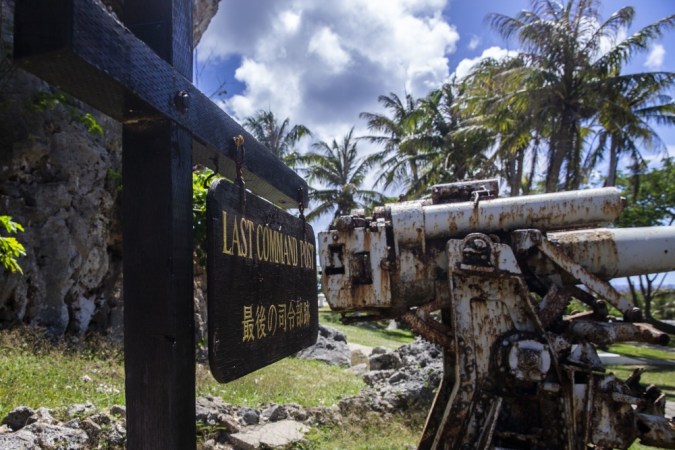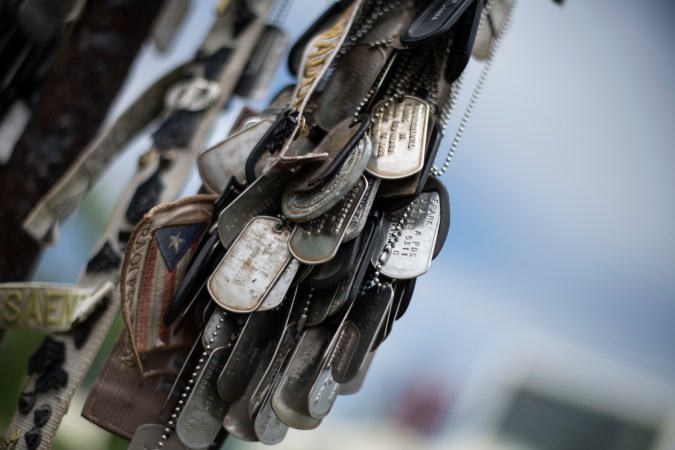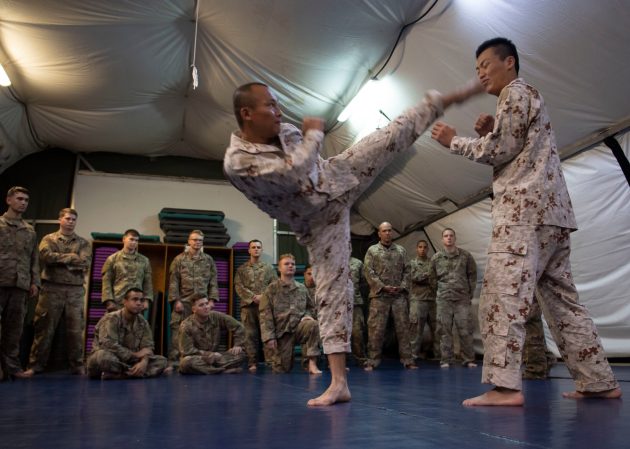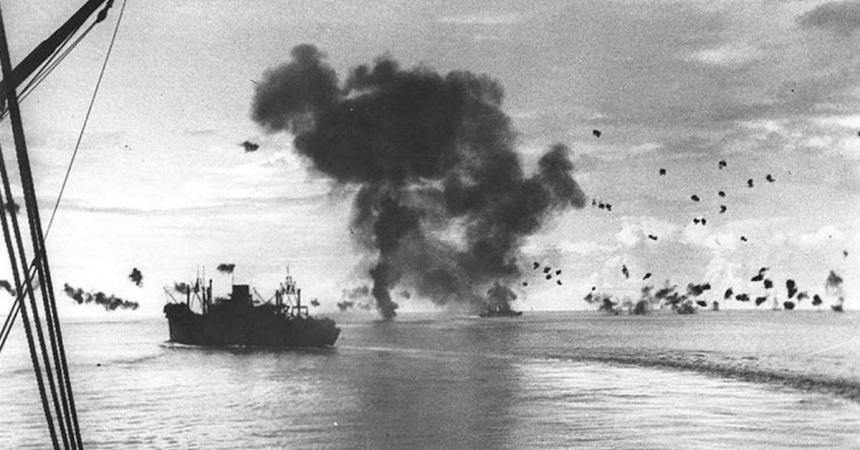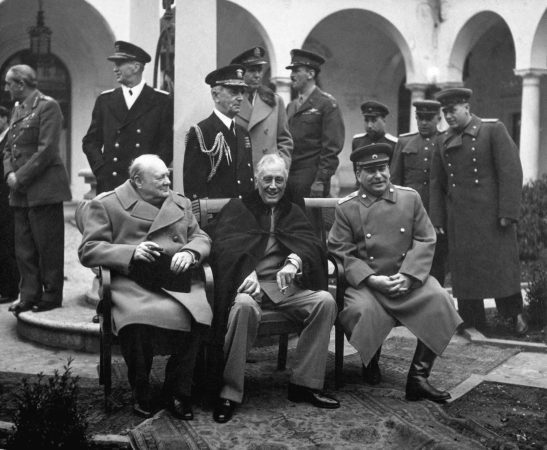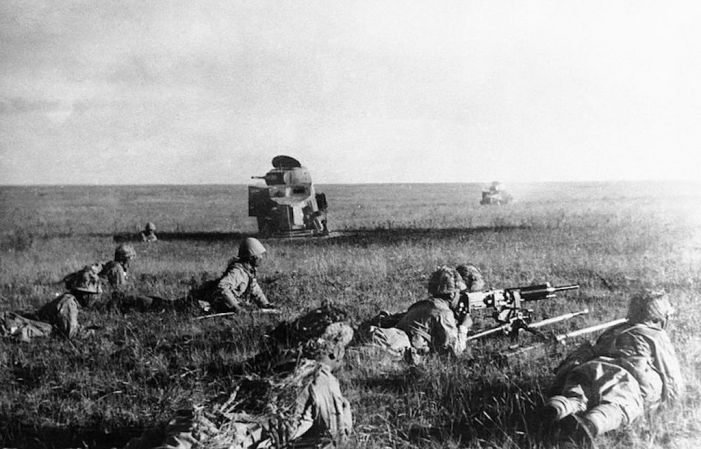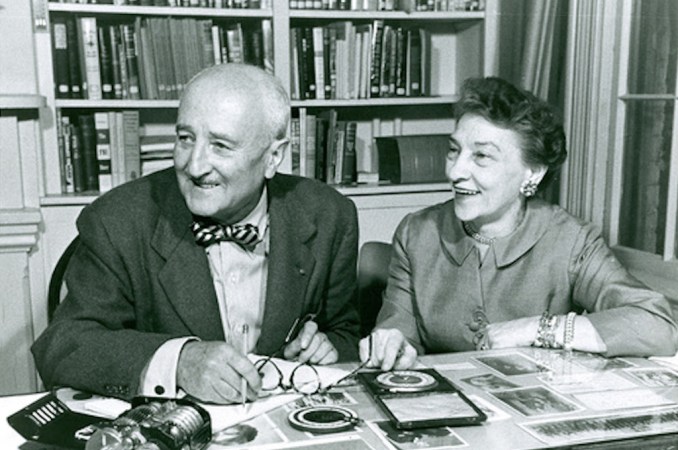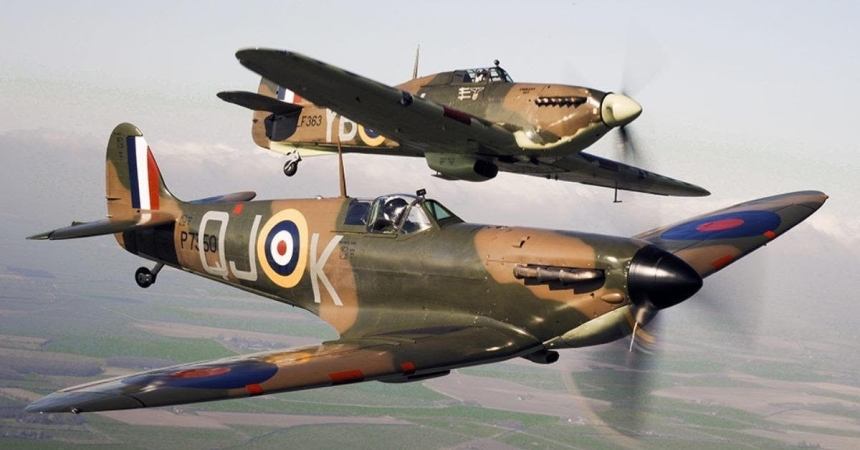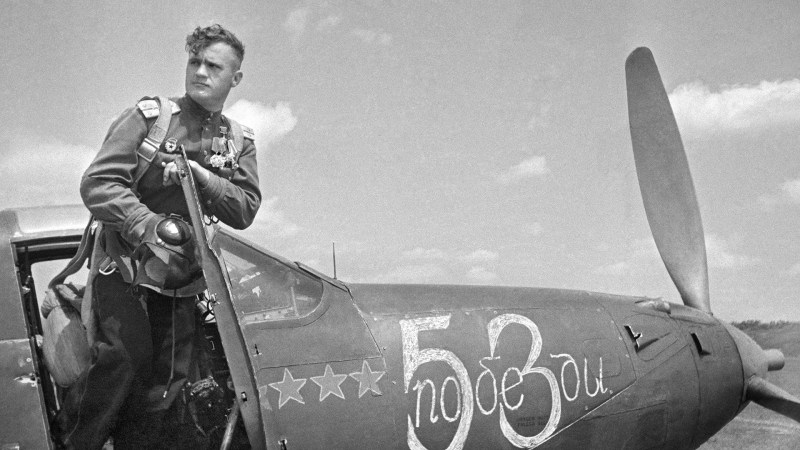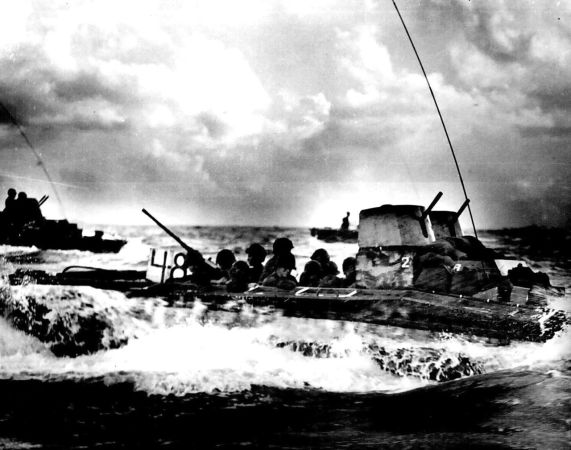From August 7th, 1942, to February 9th, 1943, American and Japanese forces fought for control of the island of Guadalcanal in the Solomon Islands archipelago. The battle was a turning point in WWII for several reasons. First, it was the first major Allied offensive against Japan. Second, it resulted in the first significant defeat of Japanese land forces. Third, it stopped the Japanese advance toward Australia. And fourth, it gave the Allies a much-needed morale boost.
The Importance of Guadalcanal
Guadalcanal was important for several reasons. First, it was a key part of Japan’s strategic plan to isolate Australia from the United States. By cutting off sea routes between Australia and the U.S., Japan could focus on other areas, such as Southeast Asia and the Central Pacific. Second, Guadalcanal was home to an airstrip that Japan could use to launch air attacks against Allied ships. And third, Guadalcanal was rich in natural resources, including timber and minerals. Here are seven things you probably don’t know about Guadalcanal.
The Battle of Guadalcanal Begins
The battle began on August 7th, 1942, when Marines landed on the beaches of Guadalcanal and took control of the airstrip that Japan had been building. The Marines were met with heavy resistance from Japanese troops, which were dug in and well-prepared for an attack. The two sides fought a brutal battle of attrition for the next six months. There were no clear winners or losers; each side suffered heavy losses. In January 1943, after months of fighting, the U.S. finally regained control of the airstrip. It began to turn the tide of battle in their favor.

Understanding the importance of the Pacific Theater
When you think about WWII, what images come to mind? If you’re like most people, you probably think of the European Theater with its iconic battles like Normandy and the Battle of the Bulge. But while the European Theater was certainly important, events such as Battle of Guadalcanal were just as crucial to the Allies’ eventual victory. Here’s a look at why.
To understand the Pacific Theater’s importance, you must first understand the strategic goals of both the Axis and Allied powers. For the Allies, the primary goal was to defeat Nazi Germany. But for Japan, the goal was to create a “Greater East Asia Co-Prosperity Sphere.” This sphere would stretch from Korea and China to India and Australia—essentially making Japan the dominant power in Asia.
Japan had to control natural resources and sea lanes to achieve this goal. Most of Japan’s natural resources were located in Southeast Asia, so their conquest of that region was crucial. They needed to control key sea lanes in the Pacific Ocean to keep their conquests supplied with food and materials.
The Allies recognized that if Japan were allowed to achieve these goals, it would be nearly impossible to defeat them. So, even though defeating Nazi Germany was their primary focus, they also devoted a significant amount of time and resources to halting Japanese expansion in the Pacific.
The next time you think about WWII, don’t forget about the important role that the Pacific Theater played in defeating both Japan and Nazi Germany. From Midway to the Battle of Guadalcanal to Iwo Jima, Allied forces made countless sacrifices to ensure that freedom would prevail in both Europe and Asia.
The WWII Monument in Washington D.C.
When most people think of Washington, D.C., the first things that come to mind are probably the White House, the Capitol Building and the Lincoln Memorial. However, there’s one monument in D.C. that often gets overlooked, even though it’s located right in the center of the city. The World War II Memorial was built to honor the 16 million Americans who served in World War II. It also honors the 400,000+ who lost their lives fighting for our country.
The memorial consists of 56 granite pillars. Each represents a state or territory. Two large arches symbolize victory in Europe and the Pacific. A Freedom Wall is inlaid with 4,048 gold stars. Each star represents 100 Americans who lost their lives. In addition, several sculptures and inscriptions throughout the monument commemorate different aspects of the war. For example, one sculpture shows a mother and father saying goodbye to their son as he ships off to fight. Another depicts a young nurse caring for a wounded soldier.
The WWII Memorial was dedicated on April 29th, 2004, by President George W. Bush. Since then, it has become one of D.C.’s most popular tourist attractions, with over 4 million people visiting annually. This powerful reminder reflects the sacrifices made by so many Americans during one of the darkest periods in our history.


